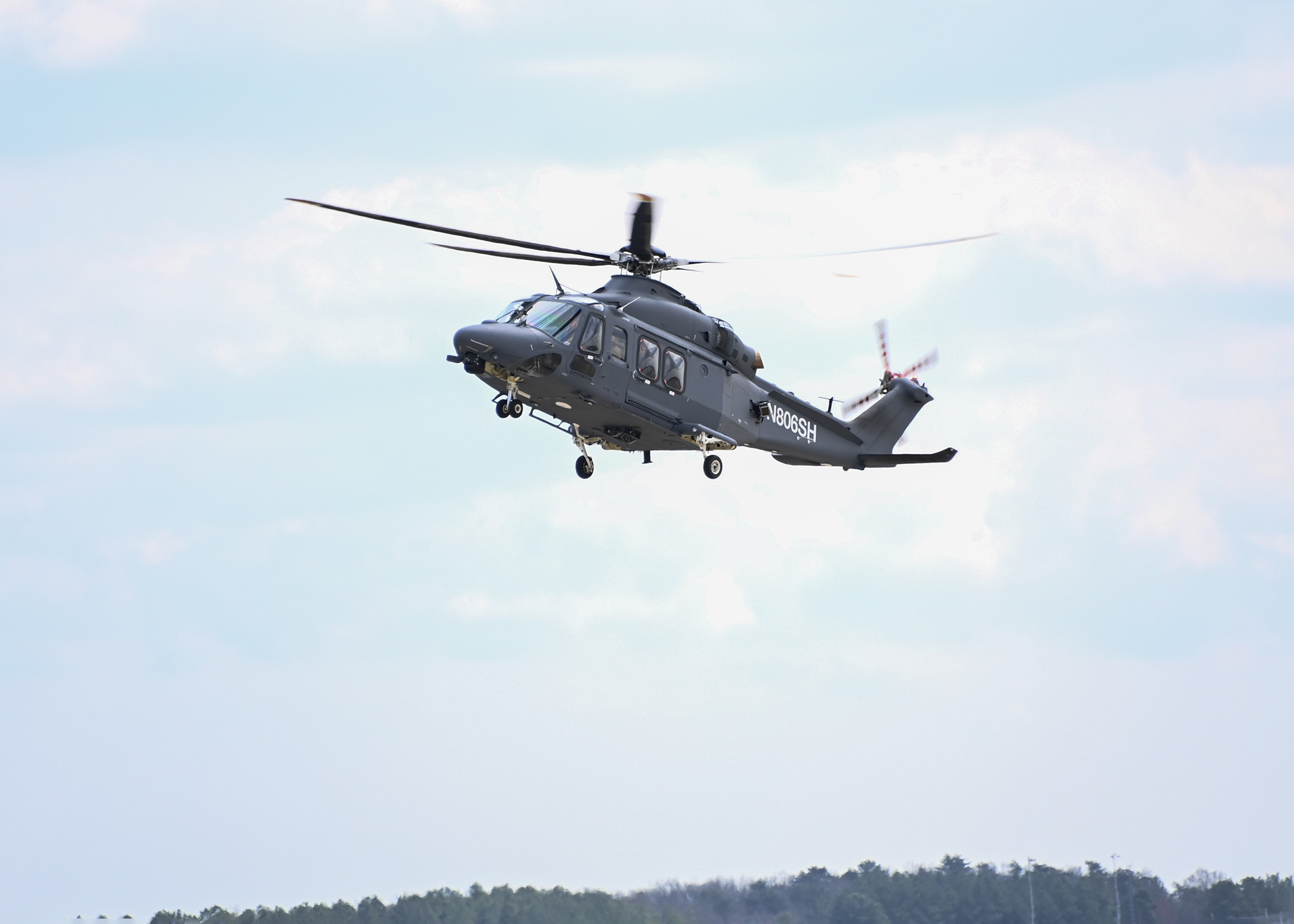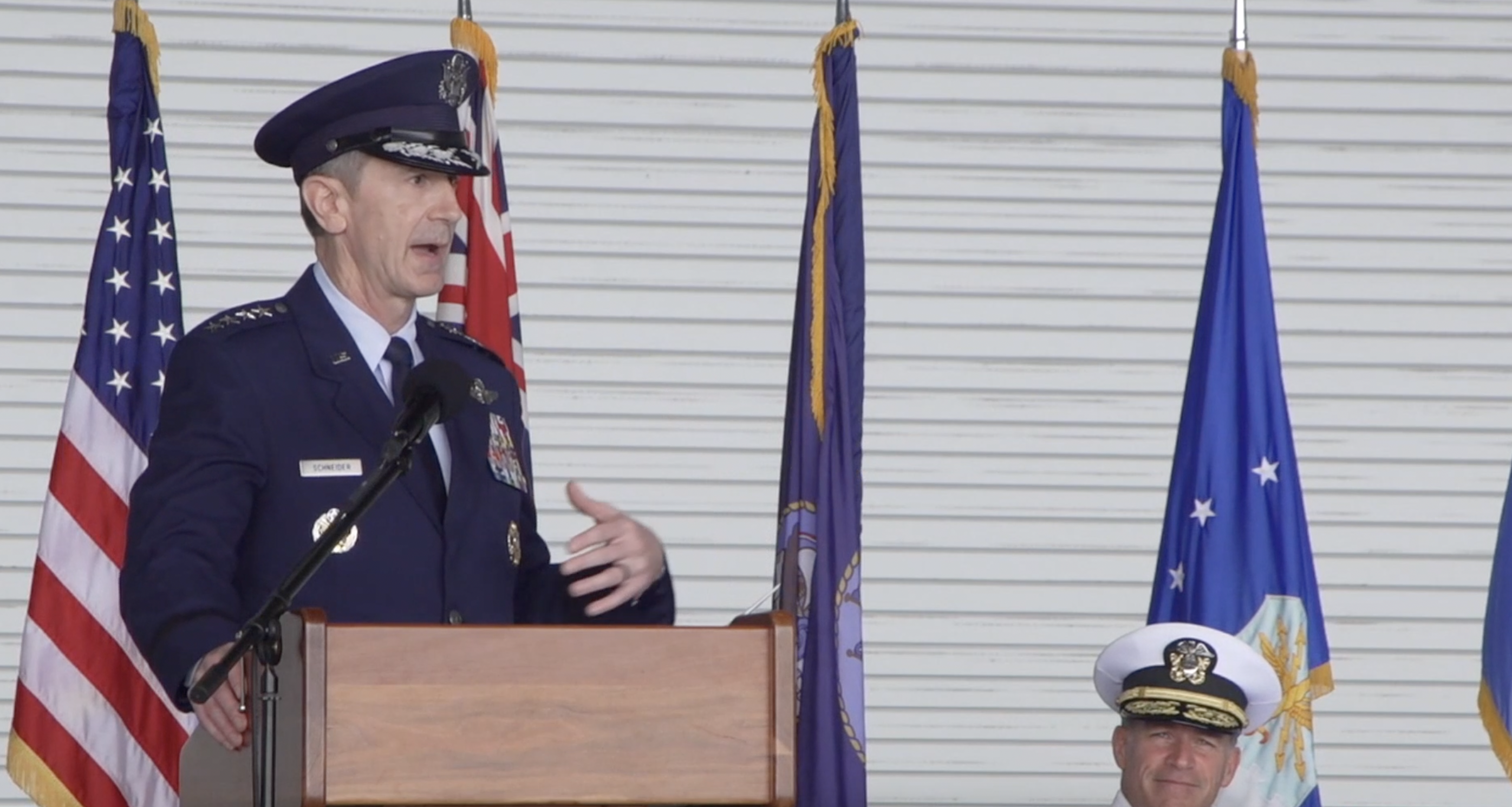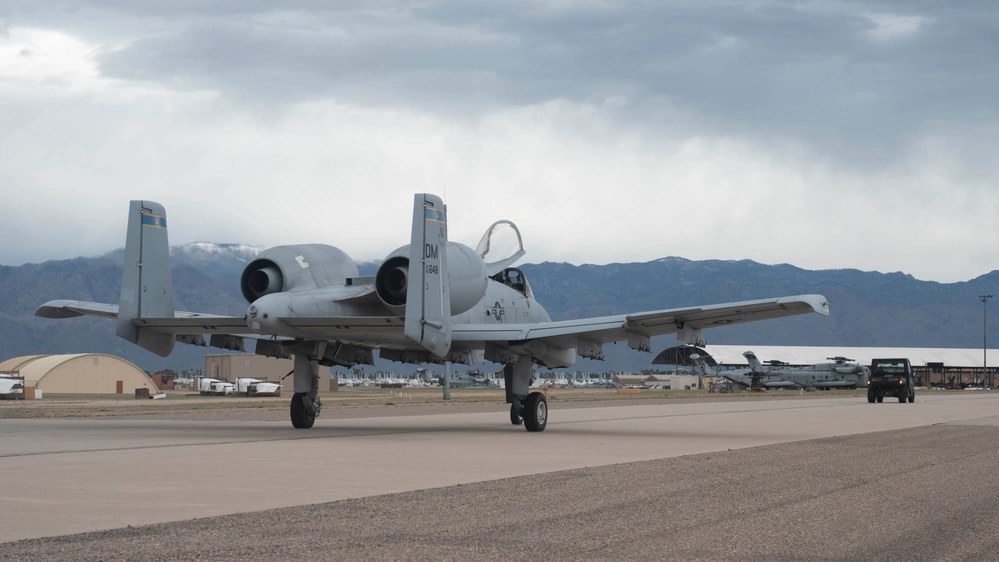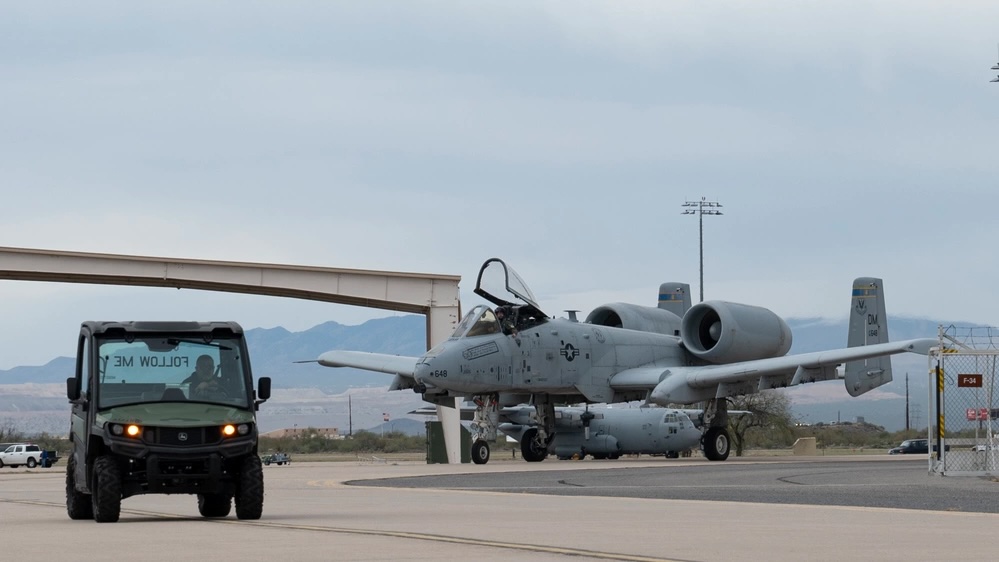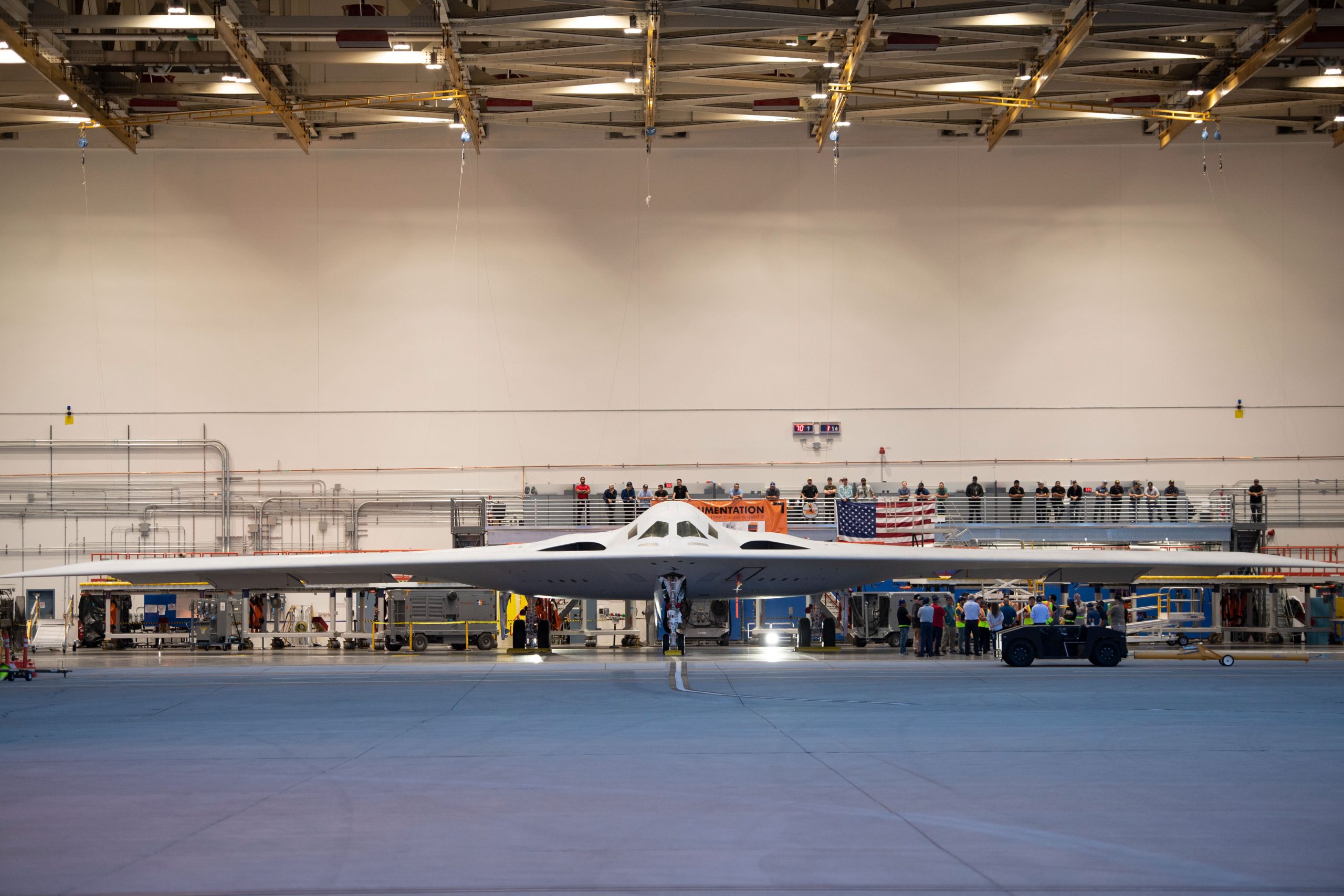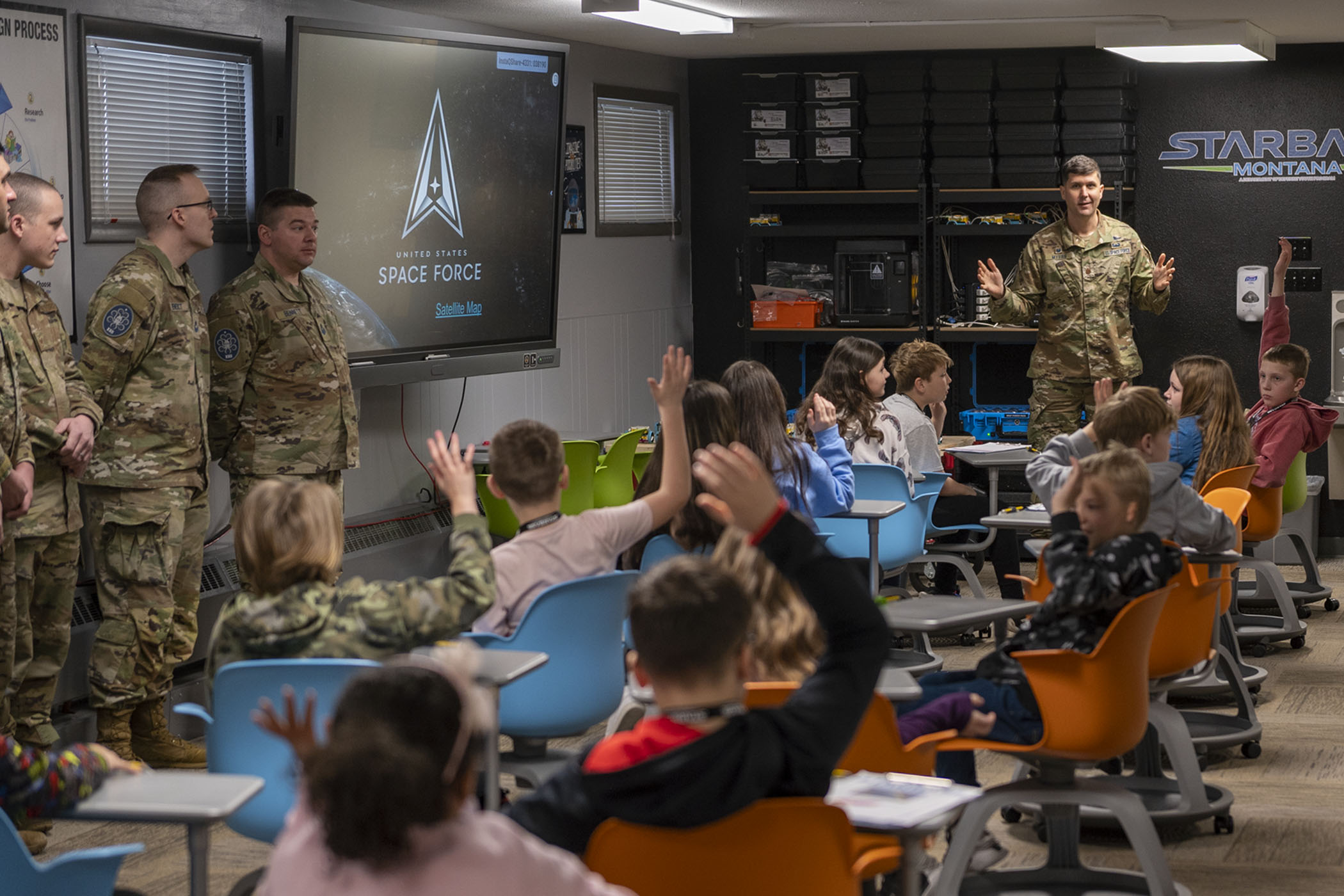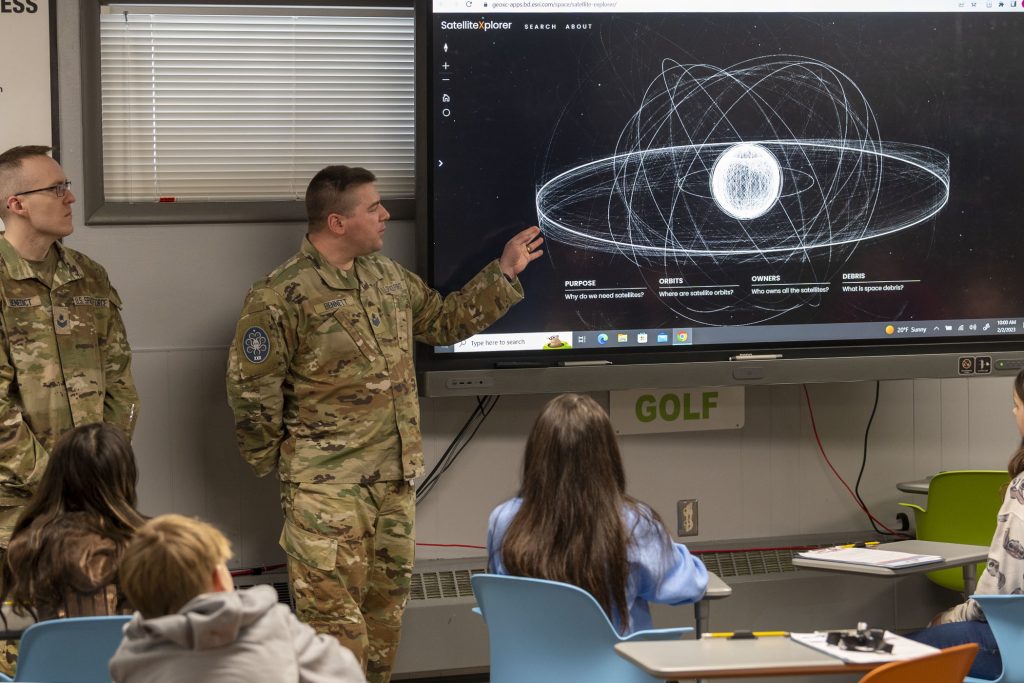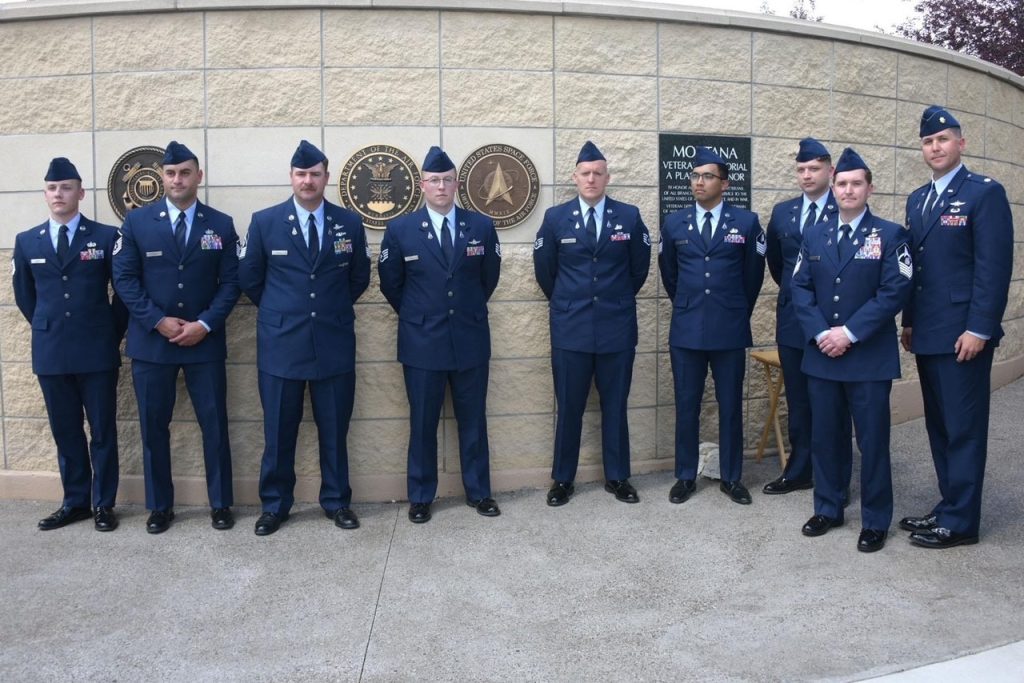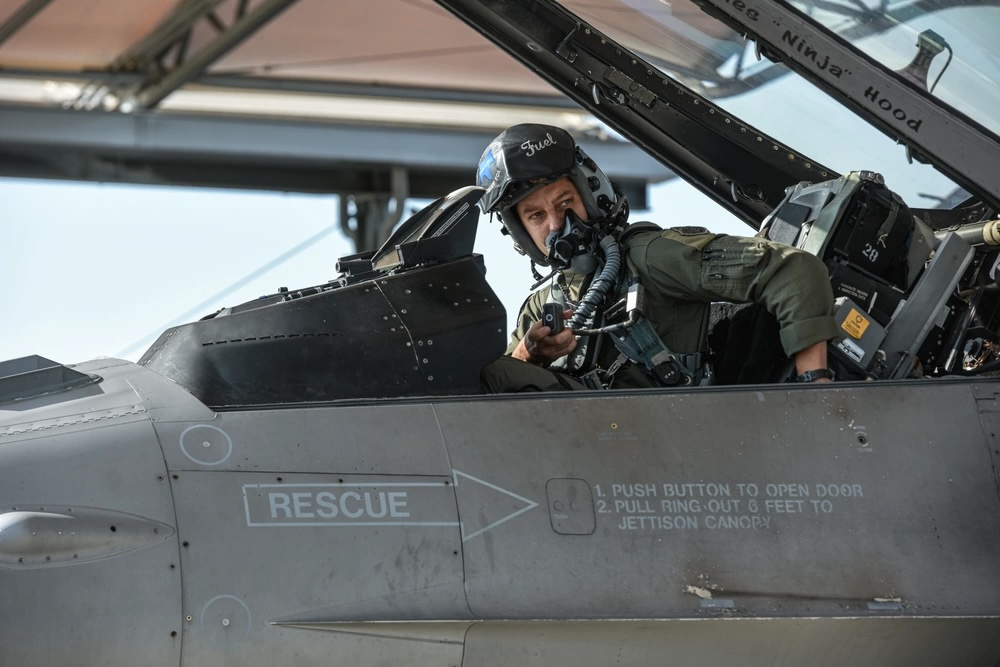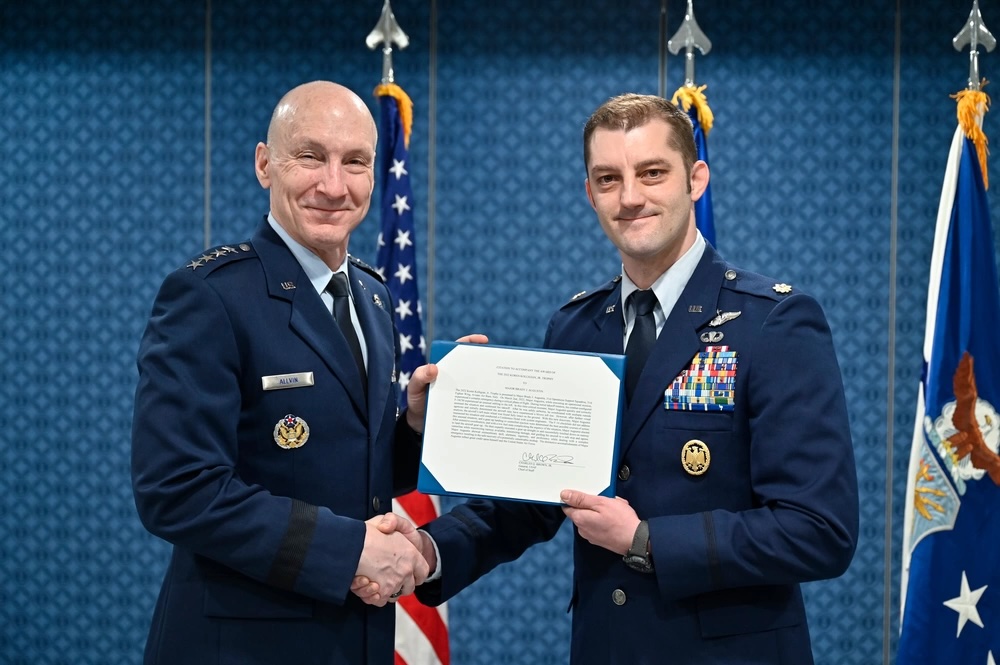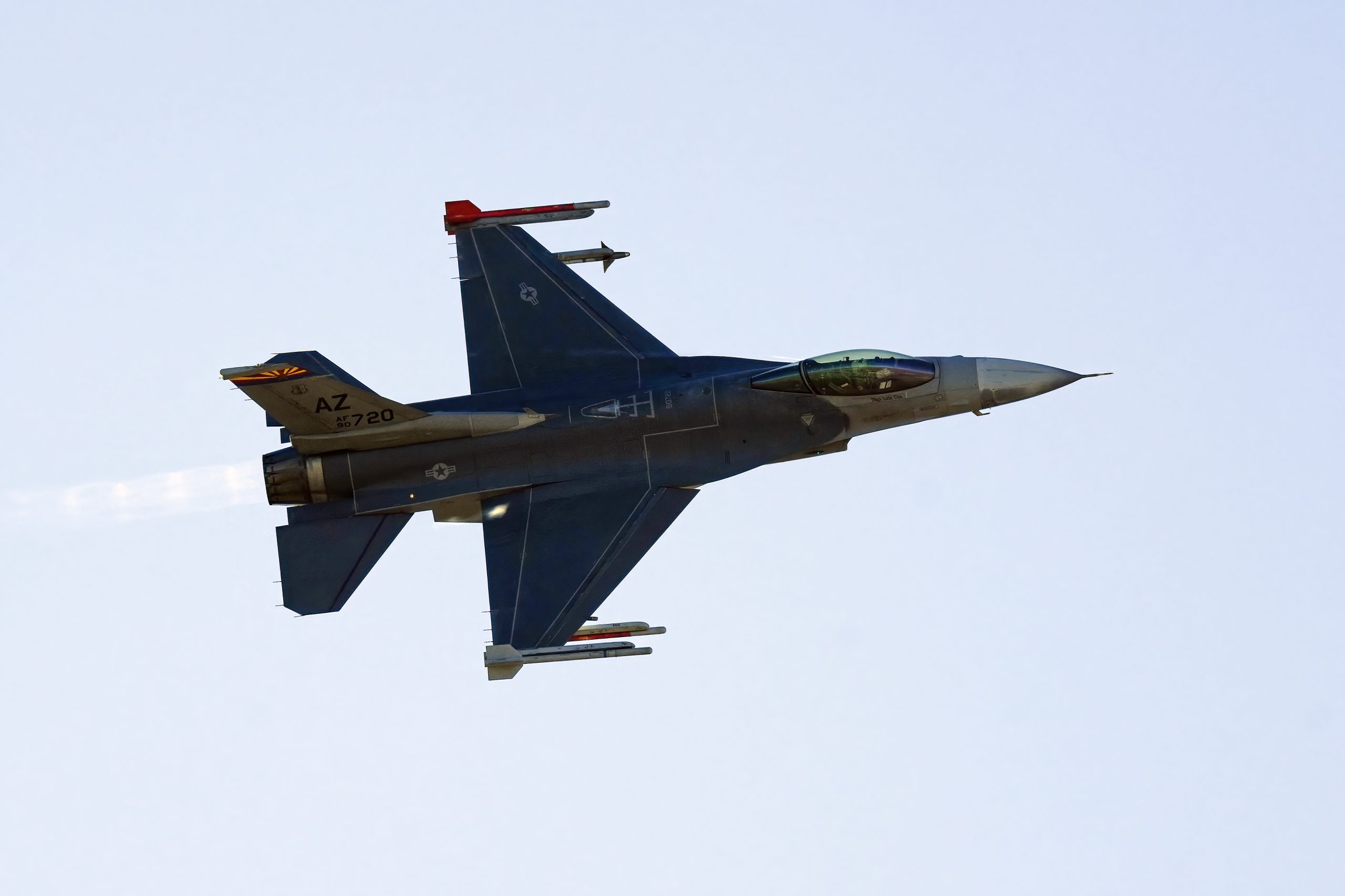While the Pentagon’s chief weapons tester continues to have concerns about the MH-139 helicopter, the Air Force is on the verge of finishing developmental testing of the aircraft and fielding it at Malmstrom Air Force Base, Mont.; and Maxwell Air Force Base, Ala.
The Grey Wolf will complete developmental testing this month and arrive for fielding at Malmstom in early March and Maxwell in mid-March, an Air Force Life Cycle Management Center spokesman told Air & Space Forces Magazine.
Earlier, Detachment 3 of the 58th Operations Group stood up Jan. 31 at Maxwell to serve as the MH-139’s formal training unit. Eight months prior, the 550th Helicopter Squadron was activated at Malmstrom.
Maintainers have already started preparing for the aircraft with 30-day visits to Picayune, Miss., where civilian mechanics showed the Airmen how they maintain AW139s—the civilian version of the Grey Wolf.
Meanwhile, the first MH-139 production aircraft has finished assembly and is undergoing flight testing, a Boeing spokeswoman said.
For the first six months after the helicopters arrive at Malmstrom and Maxwell, units will focus on “mission-qualifying their aircrew, refining operational techniques and procedures, and incorporating the MH-139 fully into day-to-day wing operations,” the AFLCMC spokesman said.
After that, the aircraft will begin initial operational test and evaluation, a key step to reaching the full-rate production decision. IOT&E is scheduled to take place in the fourth quarter of fiscal 2024, the spokesman said. Most of that testing will take place at Malmstrom, he added.
The Air Force and Boeing reached a deal for low-rate initial production in March 2023, which will cover the first 13 production aircraft. In the long term, the Air Force hopes to buy up to 84 helicopters, which will be used by security forces patrolling the sprawling ICBM fields and at Joint Base Andrews, Md., for executive airlift.
However, the MH-139 has hit several setbacks in its development. Problems obtaining FAA certifications and the accompanying Military Flight Releases forced a yearlong delay in testing, and the 2022 report from the Director of Operational Test and Evaluation warned that the helicopter was at risk of not meeting “operational effectiveness requirements.”
Specifically, the report cited problems with the automatic flight control system, sensor display, and intercom system, along with its cabin layout and “restrictions on takeoffs in crosswinds or near obstacles.”
The 2023 edition of the report similarly warned that the program “faces several ongoing risks to … meeting operational effectiveness, suitability, and survivability requirements.”
While some progress has been made, the report authors noted that the MH-139 still requires some FAA certifications to start initial operational testing, which are not projected to be approved until the fourth quarter of fiscal 2024.
On top of that, the Air Force wants to add an additional radio to the aircraft, “but problems with internal communications persist,” the report stated. The service also is adding an environmental conditioning system, but that system’s effects on the helicopter’s power and weight requirements is not fully known.
Similarly, “expansion of the MH-139A operating envelope relative to the commercial AW139 baseline may stress powertrain components and increase maintenance requirements,” the report noted.
MH-139 mission planning is also currently being done on vendor-provided software that is not yet authorized to go on government hardware, meaning operating stations now require a standalone computer.
One problem the report noted—a restriction on austere landings while the program investigated engine ingestion of dust and debris—is seemingly resolved.
“The MH-139A successfully completed testing in a variety of unprepared surfaces, and there are currently no operational restrictions for austere landings,” the AFLCMC spokesman said.
